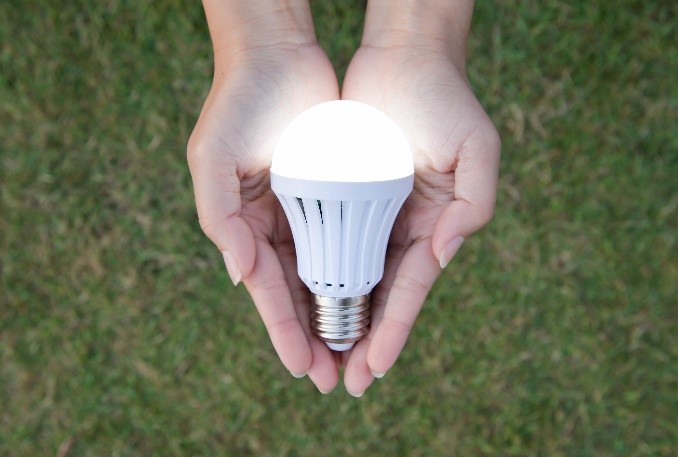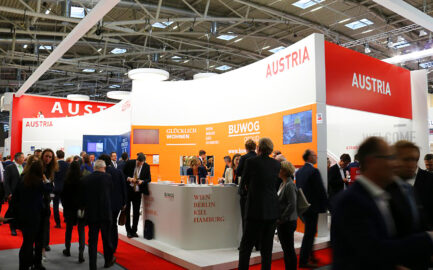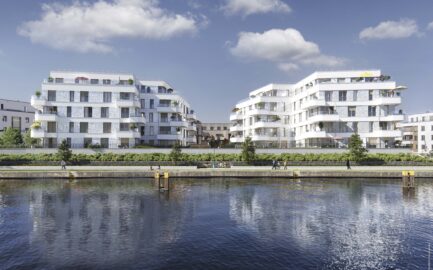Efficient lighting is easy on the budget: compared to the classic halogen lamps, LED products offer a service life that is 15 to 20 times longer and, calculated over their useful life, allow total cost savings of 80% to 90%. But what should you look for when buying LED lamps? topprodukte.at sheds light on the jungle of energy-saving options.
Lamp brightness
In the era of incandescent lamps, most consumers were accustomed to selecting lamp brightness based on wattage. However, the electrical power in watts merely indicates how much energy a lamp consumes and says nothing about how much light it produces. Different types of lamps can require very different amounts of energy for the same amount of light produced. Thus, the appropriate measure for lamp brightness is not the wattage, but the total amount of visible light the lamp emits. This so-called luminous flux (expressed in lumens) is now standard on lamp packaging. The following table shows approximately how much light (measured in lumens) LED lamps have to emit for their brightness to equal conventional incandescent lamps with wattage specifications. This comparison can also be found on the packaging of the lamps.
| Classic light bulb | LED |
| 15 watts | 140 lumens |
| 25 watts | 250 lumens |
| 40 watts | 470 lumens |
| 60 watts | 800 lumens |
| 75 watts | 1050 lumens |
| 100 watts | 1520 lumens |
Light colour
Light colour and colour rendering determine the quality of light in a room and the appearance of illuminated objects. For room lighting in the household, only warm white or neutral white light is generally considered. The former has a slightly yellowish hue, while neutral white has the effect of pure white without any tint. The light colour is indicated on packaging as colour temperature (in Kelvin, K), as follows:
Cold: 6,000 – 10,000 Kelvin
Neutral: 3,000 – 5,000 Kelvin
Warm: 1,000 – 3,000 Kelvin
Colour rendering
To depict the colours of illuminated objects, it’s not so much the colour temperature but rather the colour rendering that’s decisive. Light sources with good colour rendering make the colour of objects appear quite natural, similar to illumination by sunlight. The quality of colour rendering is indicated by the colour rendering index (Ra). According to existing regulations, colour rendering must be at least 80 Ra; for applications with higher requirements for true-to-life colour representation (to illuminate a photograph, for example), lamps with an Ra of more than 90 should be selected.
Lifespan and efficiency
The average lifespan of an LED lamp should be at least 15,000 hours and for applications with extended daily usage at least 20,000 hours. In situations with high switching frequency (hallway, toilet), attention should be paid to a favourable switching resistance. With regard to energy efficiency, which is marked on the packaging, at least class C should be selected.
Light distribution
Various lamp-shaped LED models show a more directional (spot-like) light distribution compared to classic incandescent bulbs. LED filament lamps and candles, on the other hand, show a distinct lateral radiation. Thus, depending on your needs, you should pay attention to the appropriate radiation characteristic.
Disposal as well as environmental and health aspects
LED lamps contain no mercury and are therefore less of a problem than energy-saving lamps when it comes to handling and disposal. They must be disposed of as electronic waste in the relevant retailers or waste collection points.
More tips on saving energy can be found (in German) at topprodukte.at/energiespartipps.










